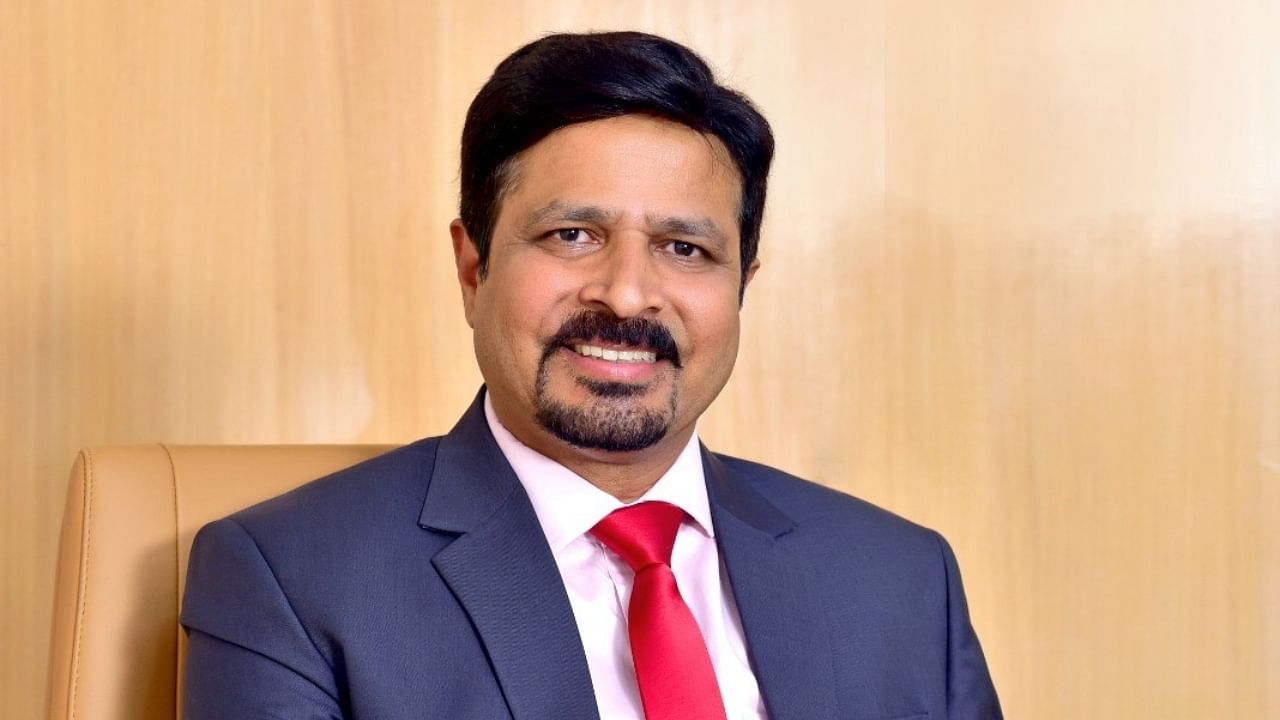
The affordable housing segment is expected to herald a resurgence of India’s real estate sector as access to credit gets easier and the needs of aspirational Indians soar higher, and housing finance companies want a bigger piece of this pie. Tapping this opportunity, PNB Housing Finance this week opened four new offices for its affordable housing product in Bangalore and hopes to disburse Rs 100 crore plus worth of loans from these new branches, the company’s managing director and chief executive Girish Kousgi said. Kousgi sat down DH’s Anjali Jain to expand on the lender’s growth prospects for this year and where Karnataka fits in the picture. Edited excerpts.
What are the company’s upcoming plans for Karnataka?
Karnataka is very important as far as housing is concerned, especially affordable, and we see a lot of potential not just in Bangalore, but the entire state. We will start off with Bangalore, but slowly we’ll get down to smaller districts in the state. The next set of branches that we decide on, let’s say next year, will be in Bangalore and then of course, areas like Chikkaballapur, Mysore, Hubballi, and Belgaum. We know these are very high potential markets, so in a graded manner, we will be opening in all these locations in the future.
Companies together do more than close to Rs 4,000 crore from Karnataka in the affordable segment. For PNB Housing, at least this year with these four branches, we should be able to cross Rs 100 crore per month easily in the next 6-7 months, with a ticket size of Rs 16-17 lakh. Currently, we are doing close to about Rs 200 crores per month in the prime segment in Karnataka and it is largely from Bangalore, Mysore and Hubbali.
Where do you see the most demand for the affordable segment coming from in Bangalore?
We see demand coming from the outskirts and that is where we see a lot of potential, especially in areas like KR Puram, Hoskote, Nelamangala, beyond city limits on Bannerghatta Road, Kanakapura Road, the area which is very close to Hosur. These are the outskirts where we see an urban-poor population which would have difficulty in availing loans. So, we want to definitely help these customers to own property, which will largely be self construction or purchase of an independent house.
What led you to have this optimistic outlook for Karnataka?
Pan-India, Karnataka is in the top three states for us. The growth that it has shown in the last few years in housing both, prime and affordable, is significant. There are a few unique things with respect to Karnataka and the South. If you look at region-wise distribution, there are more people in the South who are salaried and therefore will probably decide to own a house at a slightly younger age. The repayment culture also predominantly seems to be better compared to other regions across the country.
Also Read: Should you pursue a career in real estate?
How much of your loan book would affordable housing loans make by the end of the year?
This year incrementally, our affordable mix is going to be about 11 per cent in disbursements. Ideally, we’re looking at a mix of 60 per cent prime and 40 per cent affordable in the next 3-5 years. We will grow in this segment at about 17-18 per cent year over year while the industry will grow at 11 per cent. Today we have a retail book of Rs 55,500 crores, that is largely prime. Now, we want to grow our affordable book as we have a vision of reaching Rs 1 lakh crore book size in next three years.
How much did your company disburse in the last year and where do you see this in the next fiscal?
Last year, we disbursed close to about Rs 14,500 crore. And in terms of this year, we’re looking at a minimum growth of about 22 per cent in disbursements and 18 per cent in the book and we will definitely maintain a threshold of 2.5 per cent spread and 3.5 per cent net interest margin (NIM).
Do you have further plans to raise capital?
We recently raised Rs 2,500 crore in equity through rights, that is for growth. Now we are future-ready because we want to grow and we wanted capital for that. So now our capital adequacy is 30 per cent and we are well capitalized for the next 3-3.5 years.
Do you agree with the RBI’s stance to pause rate hikes? What do you expect from its monetary policy in the future?
I definitely agree with this stance. I think for the next few quarters, rates might consolidate. And after that rate might start dropping. It's a good sign, because when rates consolidate, and when rates start coming down, affordability of customers would increase, and as it is, there is very good demand for home loans and more so at affordable rates. Now with this support, with respect to rates getting consolidated and not going up, rather than going down after a few quarters, demand would further increase.